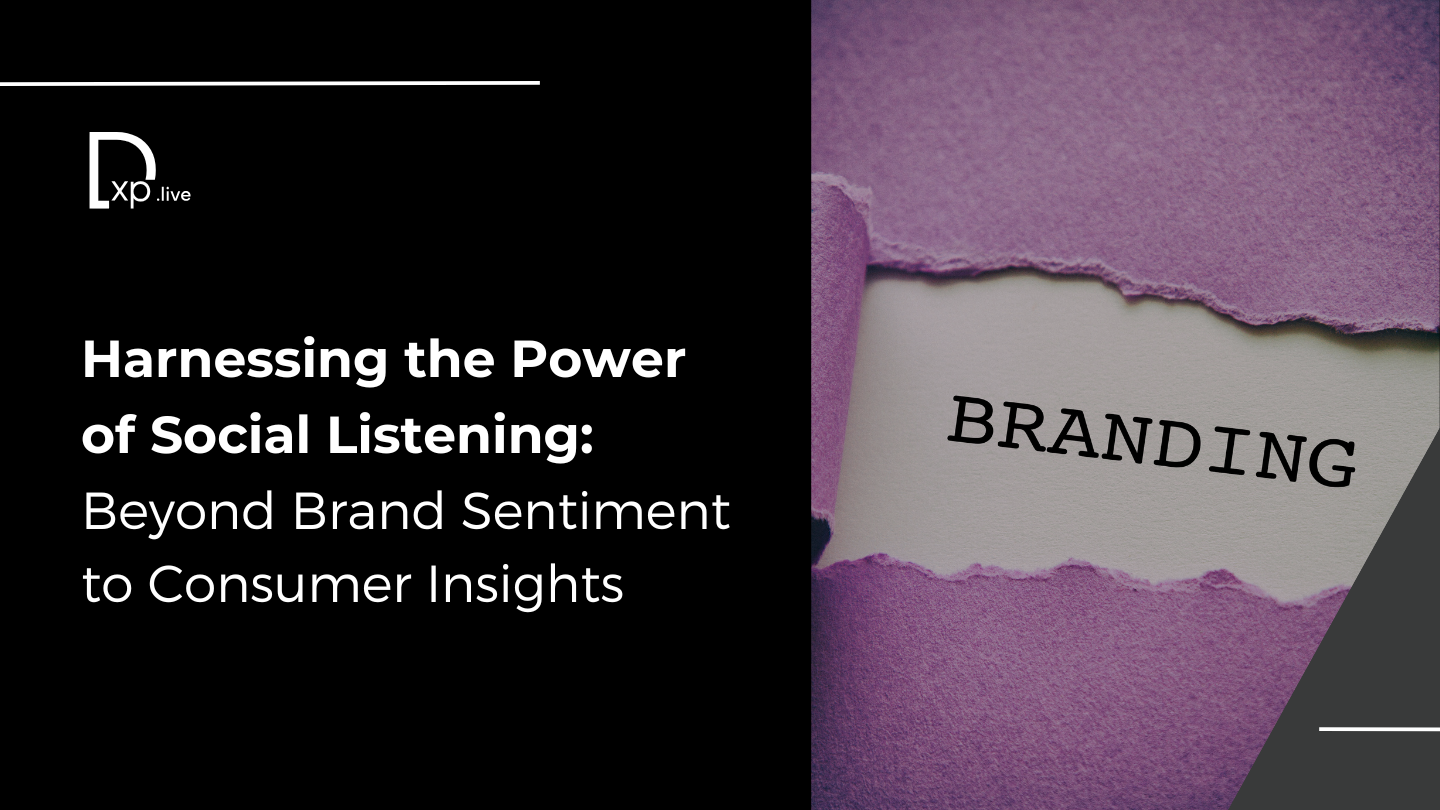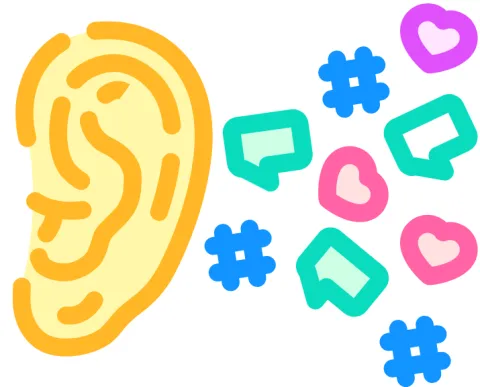Harnessing the Power of Social Listening: Beyond Brand Sentiment to Consumer Insights

In today’s digital landscape, businesses are constantly searching for ways to connect with their customers. With the rise of social media, companies have an unprecedented opportunity to engage with consumers directly, but the challenge lies in sifting through the noise to extract meaningful insights. Enter social listening—a powerful tool that not only tracks brand sentiment but also unveils crucial information about consumer behavior.
Social listening involves monitoring social media platforms and online channels for mentions of your brand, competitors, and relevant industry topics. While many companies primarily use it to gauge brand sentiment, this tool offers far more than just a snapshot of public opinion. It can reveal trends, preferences, and pain points that are vital for crafting effective marketing strategies and enhancing customer experiences.

Understanding Consumer Behavior through Social Listening
Identifying Emerging Trends
Social listening allows brands to tap into the collective consciousness of their audience. By analyzing conversations around specific topics, businesses can identify emerging trends before they become mainstream. For instance, if a surge in discussions around sustainability and eco-friendly products is detected, brands can pivot their marketing strategies to align with this growing consumer interest.
Uncovering Customer Pain Points
Social media is often a platform for customers to voice their frustrations. By actively monitoring these conversations, brands can pinpoint common pain points and areas for improvement. This proactive approach not only helps in addressing customer grievances but also demonstrates a commitment to understanding and serving their audience better.
Gaining Competitive Insights
Social listening extends beyond one’s own brand; it encompasses competitors as well. By analyzing competitor mentions, engagement levels, and customer feedback, brands can gain insights into what their rivals are doing right or wrong. This intelligence can inform strategic decisions, allowing businesses to differentiate themselves and capitalize on gaps in the market.
Personalizing Marketing Strategies
The data derived from social listening can enable hyper-targeted marketing efforts. By understanding the language, values, and preferences of their audience, brands can create tailored content that resonates more deeply with consumers. For instance, if a brand discovers that its audience values transparency, it can adjust its messaging to emphasize authenticity and openness.
The Role of AI in Enhancing Social Listening

While social listening can provide valuable insights, the sheer volume of data generated across social media can be overwhelming. This is where artificial intelligence (AI) plays a crucial role. AI-driven tools can analyze vast amounts of social media data in real-time, identifying patterns and sentiments that might be missed by manual monitoring. By automating the analysis process, brands can focus on crafting strategies based on accurate, timely insights.
Moreover, AI can help brands understand the emotional context behind customer conversations. By analyzing tone and sentiment, businesses can gauge not just what customers are saying, but how they feel about their experiences. This nuanced understanding can be a game-changer for tailoring customer experiences and refining marketing efforts.
Challenges and Considerations
Despite its advantages, social listening is not without challenges. One significant hurdle is the potential for misinformation or noise. Brands must navigate the complexities of social media where sentiments can be exaggerated, or trends can be fleeting. Therefore, it is essential to establish clear objectives and methodologies for analyzing social data to derive actionable insights.
Additionally, privacy concerns must be addressed. Brands must respect consumer privacy and comply with regulations while leveraging social listening tools. Transparent communication about how consumer data is used can build trust and foster a positive relationship between brands and their audiences.
Conclusion: The Future of Social Listening

As the digital landscape continues to evolve, the importance of social listening will only grow. Brands that recognize its value beyond brand sentiment and leverage it to gain deep insights into consumer behavior will be better positioned to thrive in an increasingly competitive market.
The key to success lies in not just tracking mentions but actively engaging with the insights gathered. By listening to their audience, brands can cultivate meaningful relationships, drive customer loyalty, and ultimately enhance their bottom line.
In a world where consumers are more vocal than ever, social listening is not just a tool—it's a vital component of a successful marketing strategy. Companies that harness its potential will find themselves not just surviving, but thriving in the dynamic world of consumer engagement.
FAQs:
1. What is social listening?
Social listening involves monitoring social media platforms and online channels for mentions of a brand, competitors, and industry topics to gain insights into consumer behavior and sentiment.
2. How can social listening help identify emerging trends?
By analyzing conversations around specific topics, brands can spot rising interests and adapt their marketing strategies to align with consumer preferences before they become mainstream.
3. How does social listening uncover customer pain points?
Monitoring social media conversations allows brands to identify common complaints and areas needing improvement, helping them address customer grievances proactively.
4. What role does AI play in social listening?
AI-driven tools automate the analysis of vast amounts of social media data, enabling brands to identify patterns and sentiments quickly, thus providing timely insights for informed decision-making.
5. What challenges are associated with social listening?
Challenges include dealing with misinformation, managing the sheer volume of data, and ensuring consumer privacy while leveraging insights for marketing strategies.




